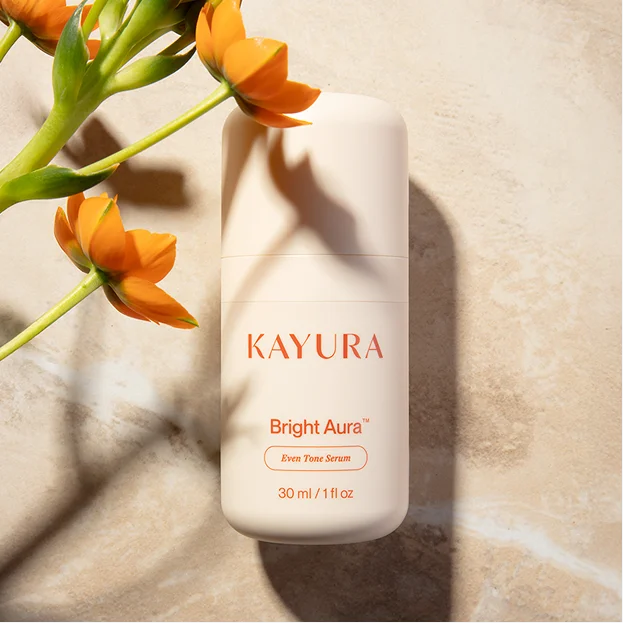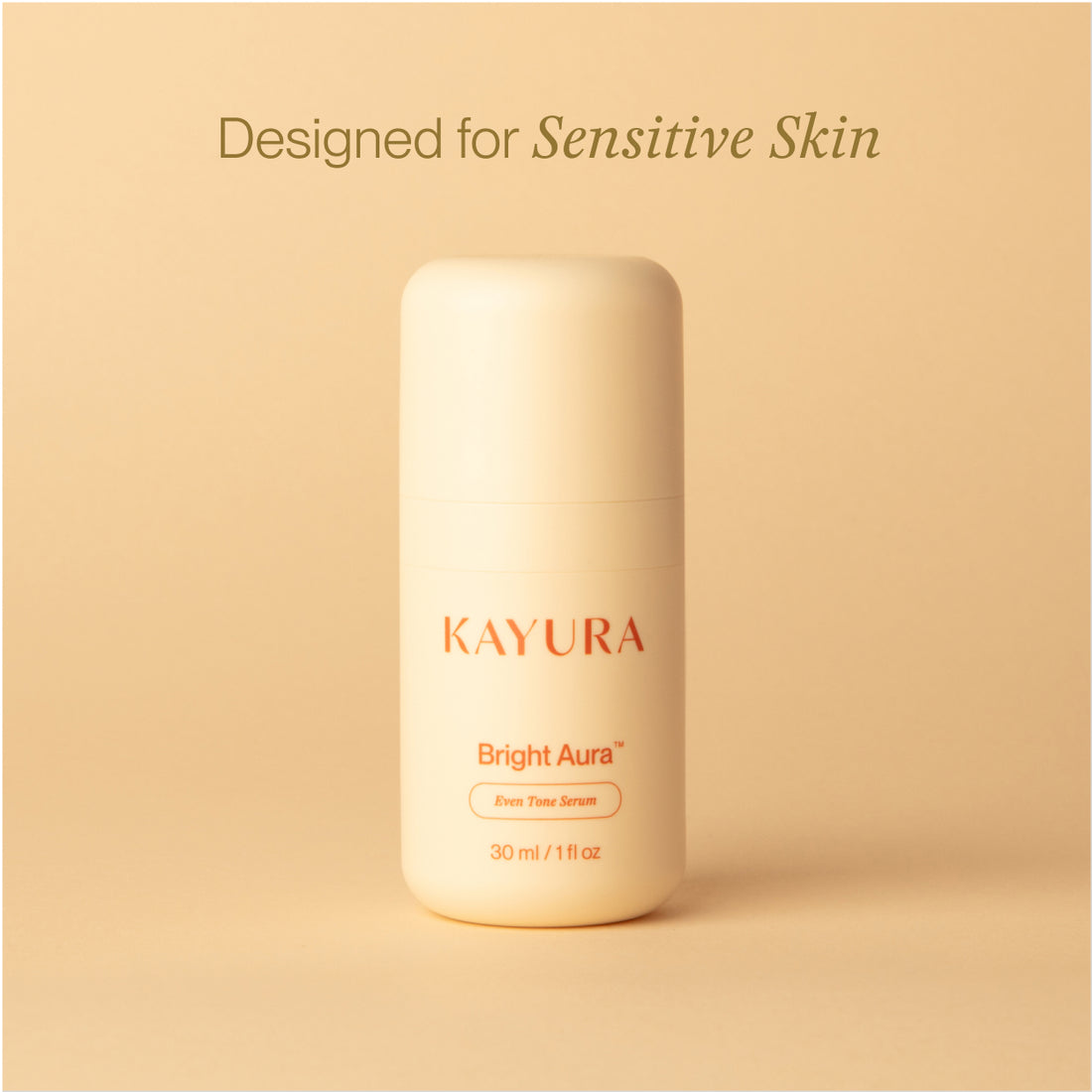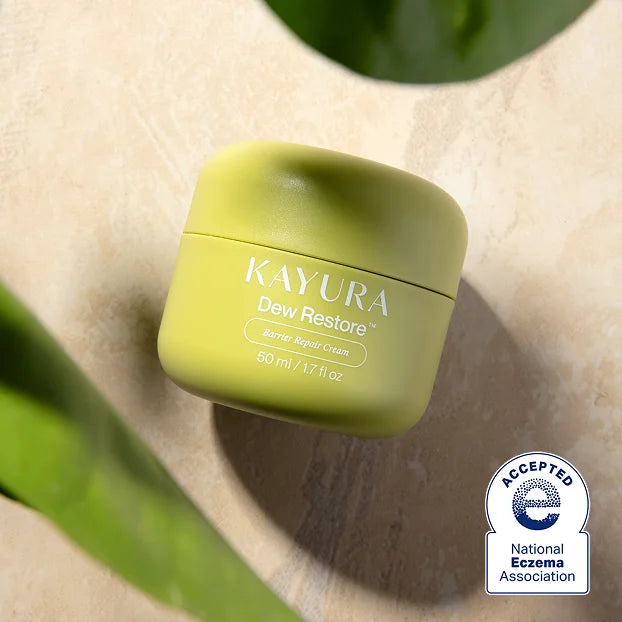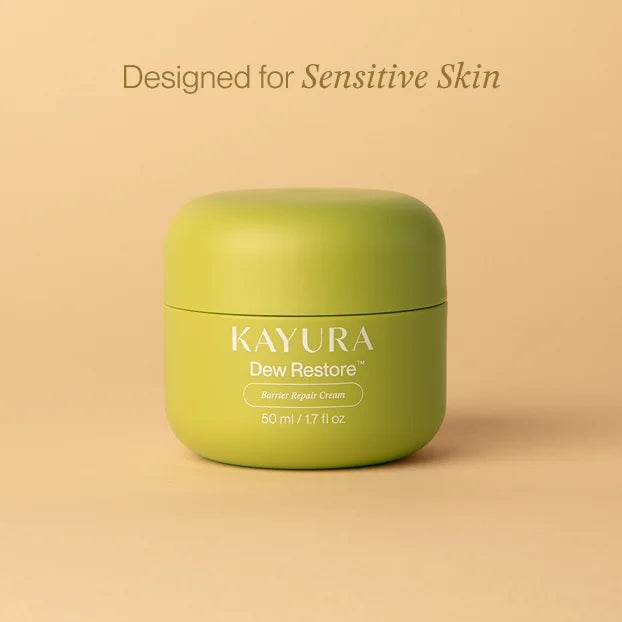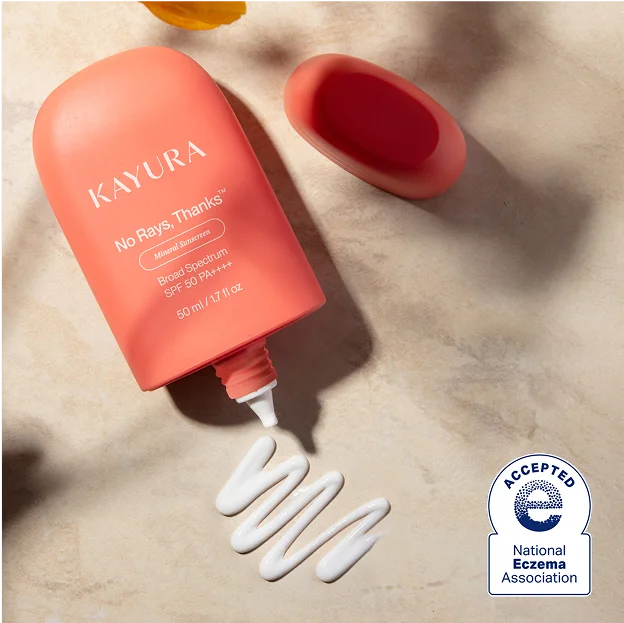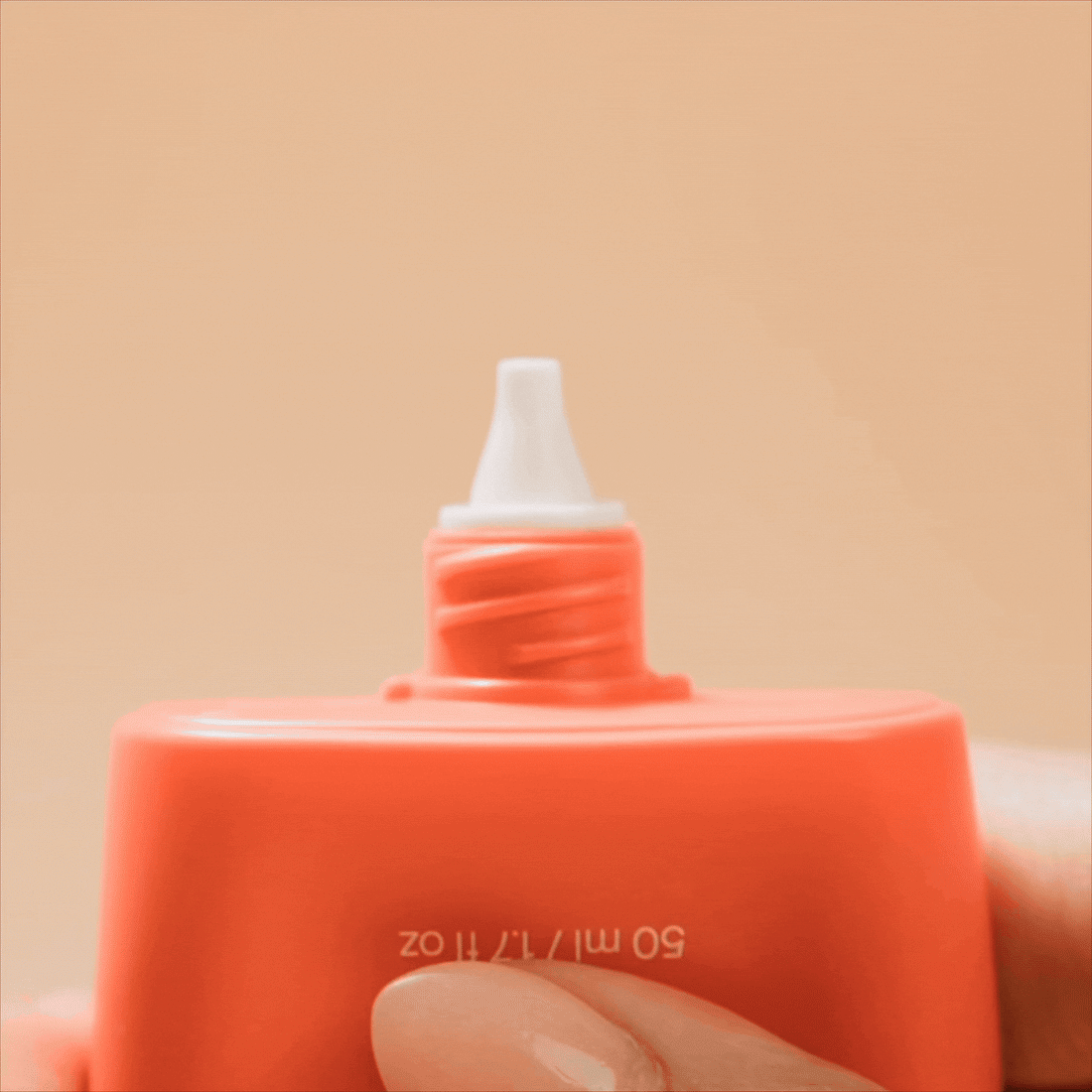Pigmentation is one of the most common skin concerns, yet also one of the most confusing. Many people think all dark patches are the same, but the truth is, pigmentation shows up in different forms and can be triggered by anything from sun exposure to hormones. A stubborn brown patch across the cheeks may point toward melasma, while scattered flat spots after a summer vacation are usually sun-induced, and lingering marks from acne are often post-inflammatory in nature. Each type forms differently, which is why what works for one might not work for the other. If you’ve ever wondered what causes hyperpigmentation, here’s everything you need to know.
What Is Hyperpigmentation and Why Does It Happen?
Hyperpigmentation is essentially your skin’s way of producing extra pigment in response to stressors like sun exposure, hormonal changes, or inflammation after a breakout. In these moments, your skin makes extra melanin (pigment that determines the color of your skin, hair, and eyes) to guard itself, kind of like putting up a quick shield. The problem is, while this defense mechanism helps in the short term, it often leaves behind uneven patches, marks, or spots that don’t fade easily.
But melanin overproduction isn’t the only piece of the puzzle. The strength of your skin barrier, the level of ongoing inflammation, blood flow under the skin, and even oxidative stress can all affect how dark or stubborn those spots look. For some people, the marks fade with consistent care, while for others, especially in cases of melasma or deeper sun damage, they can stick around or come back. Genetics also plays a role: darker skin tones tend to be more prone to pigmentation since melanocytes are more active, while lighter skin tones may show fewer spots but face other risks like early sun damage.
This is why hyperpigmentation treatment often needs to be tailored to your skin type and concern—whether you’re tackling melasma, looking for dark spots on face remedies, or searching for uneven skin tone solutions.


What Triggers Hyperpigmentation?
Hyperpigmentation isn’t caused by just one factor. Multiple internal and external triggers influence how and why dark patches form:
- Sun exposure – Even a few minutes without protection can stimulate melanin production. This is why pigmentation often worsens in summer or after a beach holiday and why sunspots on face treatment is such a common search.
- Hormonal shifts – Pregnancy, thyroid changes, or birth control pills can trigger melasma, a stubborn form of pigmentation that behaves differently from acne marks or sunspots (hyperpigmentation vs melasma).
- Inflammation – Acne, eczema, or even irritation from harsh products can leave behind lingering dark spots, making people wonder how to fade acne marks effectively.
- Lifestyle stressors – Lack of sleep and chronic stress push the body into an inflammatory state, worsening existing pigmentation.
- Dietary habits – Diets high in sugar and processed foods contribute to oxidative stress, which can dull and uneven skin tone
- Skincare misuse – Over-exfoliating, using fragranced creams, or layering strong actives incorrectly can irritate the skin and trigger rebound pigmentation.
Hyperpigmentation is rarely just “surface-level.” The root cause, like the sun, hormones, inflammation, or lifestyle, determines how stubborn or responsive the marks will be.

What Treatments and Ingredients Actually Work?
When it comes to fading pigmentation, there isn’t a single magic bullet. But there are well-studied ingredients that really make a difference:
- Vitamin C – Brightens skin and neutralizes free radicals
- Niacinamide – Calms excess melanin production
- Retinol – Speeds up cell turnover
- Kojic Acid / Hydroquinone – Directly interrupts pigment pathways
These are considered some of the best ingredients for dark spots and are commonly found in skin brightening serum formulations.
The real science lies in knowing which ingredient is best for your skin and the specific type of pigmentation you’re dealing with. What works beautifully on post-acne marks may not be strong enough for stubborn pigmentation. And just because Kojic acid works on one skin type doesn’t mean it will work on sensitive skin pigmentation care. In fact, it often causes redness and irritation in more vulnerable skin.
How Long Does It Take to See Results?
Surface vs. Deep Pigmentation
Surface-level marks like those left after acne tend to respond quicker because the pigment sits closer to the top layers of the skin, often fading within weeks to a few months with consistent care. In contrast, melasma and sunspots form deeper and are driven by complex triggers like hormones and UV exposure, which means improvement is slower.
Why Pigmentation Comes Back
Even when progress is visible, pigmentation has a way of resurfacing. This happens because the underlying triggers, whether sun exposure, hormones, or skin inflammation, haven’t disappeared. That’s why the conversation around pigmentation is less about a complete cure and more about smart, ongoing management.


How Can You Prevent Pigmentation From Getting Worse?
The first line of defense is always sun protection. UV rays don’t just trigger new dark spots; they also deepen the ones you already have. That’s why dermatologists stress daily use of sunscreen:
- Choose broad-spectrum SPF 30 or higher (SPF 50 is ideal if you’re already dealing with pigmentation).
- Reapply when outdoors, especially after sweating or washing your face.
- Remember, even indoor light from windows and screens can contribute over time.
Think of pigmentation care as three layers working together:
-
Daily Basics: Protect and Repair
A gentle cleanser, soothing moisturizer, and sunscreen form the foundation. They keep your skin barrier healthy so it can handle treatments without irritation. -
Targeted Boosters: Brightening Ingredients
Once the basics are in place, add brightening actives gradually, such as Vitamin C, Niacinamide, Kojic Acid, or Azelaic Acid. Use them one at a time so your skin adjusts without flaring up. -
Lifestyle and Long-Term Support
Antioxidant-rich foods like berries, nuts, and leafy greens help fight the internal stressors that worsen pigmentation.
And if you’re dealing with stubborn pigmentation that won’t fade, that’s when professional hyperpigmentation treatment options such as peels, microneedling, or lasers guided by a dermatologist come in.
Brighter Days Ahead
Hyperpigmentation doesn’t improve overnight. Real progress takes consistency, protection, and ingredients that work beneath the surface. The challenge is, even when dark spots fade, they often return, which is why pigmentation is considered one of the most stubborn skin concerns. This was exactly the problem our skin researchers set out to solve. They wanted to create a solution gentle enough for sensitive skin pigmentation care yet powerful enough to target pigmentation at its root, so results aren’t just temporary, but long-lasting.
The result is Bright Aura Even Tone Serum, built on a Triple Action Correction Mechanism that works on every stage of pigmentation
- Prevents new spots from forming
- Fades existing dark spots, uneven patches, and dullness
- Blocks their recurrence for lasting results


But what truly sets it apart is the science behind its ingredients:
- Feruloyl Oligopeptide-33 reduces melanin production in skin cells, stopping new spots before they appear.
- Melazero, a next-gen plant stem cell extract, fades dark spots faster than traditional actives — yet is far gentler than Kojic acid.
- Our in-house Even Tone Blend (Green Chiretta, Turmeric, Chicory) supercharges skin’s natural pigment cleanup, delivering results over 2× better than Vitamin C.
In clinical testing, skin showed visible improvements in just 90 days. It not only worked on everyday dullness and spots but also on stubborn pigmentation concerns like melasma. Skin looked brighter, healthier, and more even-toned with results that lasted.
FAQs







